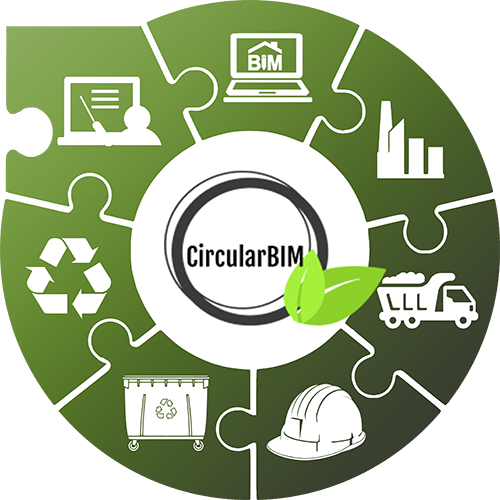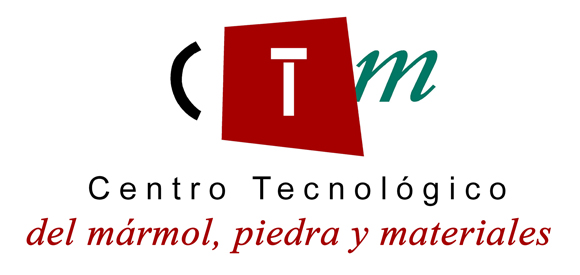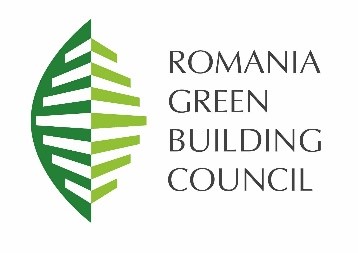CircularBIM
The raw materials present on the planet are a finite, limited resource and, on many occasions, non-renewable, which is why the current consumption model is using up many of these resources. The unsustainability of the linear model, imposed as the dominant pattern of economic development, requires progress towards the implementation of a growth model that allows optimizing the use of available resources and materials, while preserving their value in the system for as long as possible. possible, the Circular Economy.
For this reason, the CircularBIM project aims to promote new production models in construction, if possible, based on the revaluation and reuse of waste, promoting the study and search for new markets for these recovered resources, considered as waste. In this way, companies and professionals in the sector are encouraged to adapt to the Circular Economy model with the environmental, social and economic advantages that are so necessary for our planet.
Waste management plays a crucial role in the circular economy. The way waste is managed can lead to high recycling rates and valuable materials being returned to the economy or, conversely, to an inefficient system where most recyclable waste ends up in landfills or is incinerated, with potentially harmful effects on the environment and significant economic losses. Understanding that the waste generated during a production process is a potential resource is one of the fundamental keys to start the transition process.

Website
Financing agency






